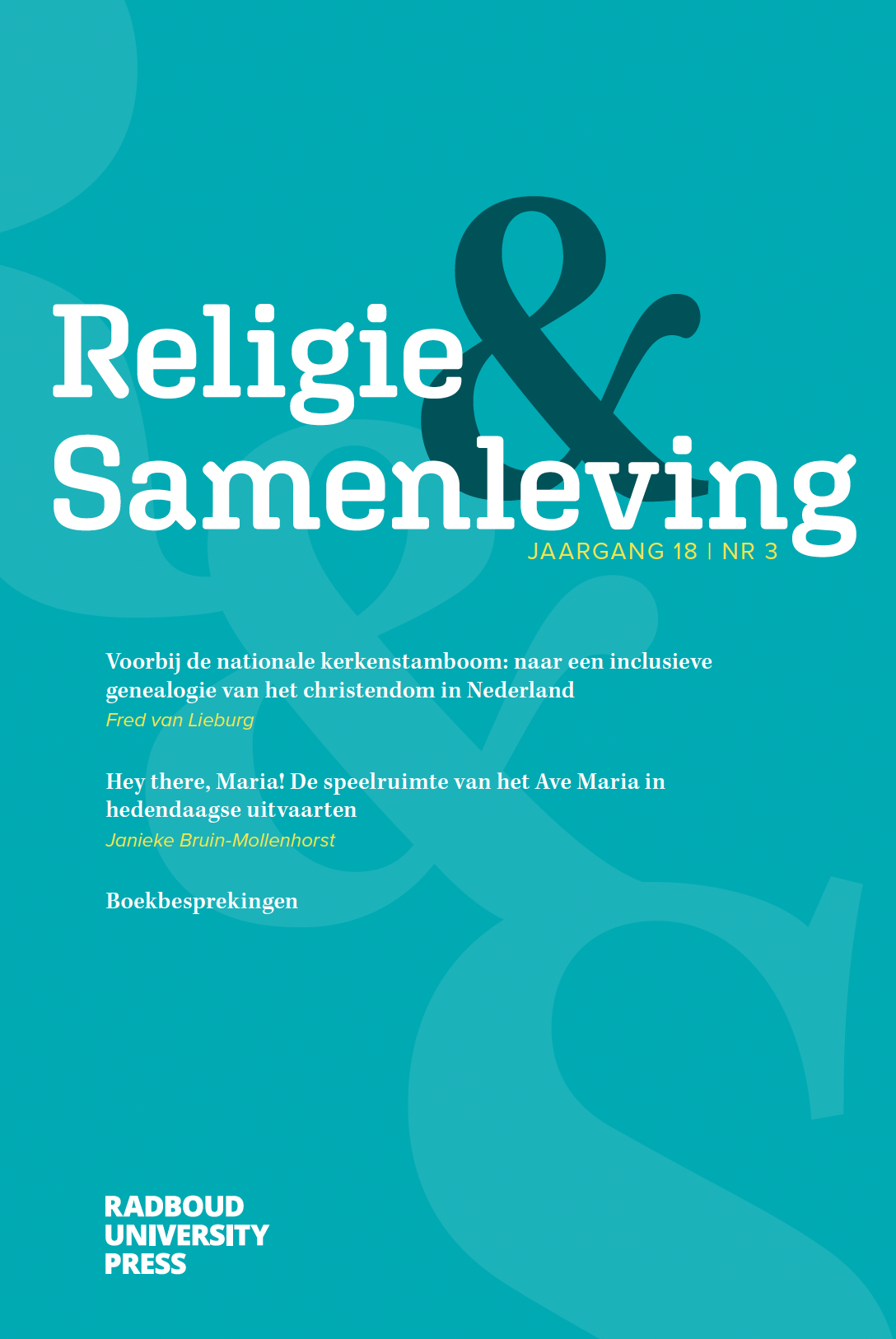Voorbij de nationale kerkenstamboom: naar een inclusieve genealogie van het christendom in Nederland
DOI:
https://doi.org/10.54195/RS.16599Samenvatting
Since the sixteenth-century Reformation, Christianity in the Netherlands is characterized by pluriformity. Besides the Catholic Church of Rome and the Reformed ‘public church’, there were ecclesial bodies of ‘Protestant Dissenters’. The 1834 Secession provoked a lot of splits and (re)unions up to the present, whereas the breakthrough of religious freedom in 1848 enabled the establishment of many new groups (partly imported from abroad). In the past fifty years, several didactic and sometimes ecumenical or apologetical schemes of denominations were published, showing in particular the labyrinth of the Reformed world. At the same time, the Christian landscape underwent structural changes because of repatriation from former colonies, immigration from numerous countries, and regrouping of evangelical believers. Given the developments of secularization (and, as a result, declining knowledge of the national church map), internationalization (rising non-Dutchdenominations), and inclusivity (dealing with the colonial past), a new design of the Dutch ‘Christian family tree’ seems to be welcome. Therefore, this article offers a basis by discussing earlier examples, presenting a historically justified alternative, while welcoming feedback from the field and recommending a creative elaboration with digital tools.
Downloads
Downloads
Gepubliceerd
Nummer
Sectie
Licentie
Copyright (c) 2024 Fred van Lieburg

Dit werk wordt verdeeld onder een Naamsvermelding 4.0 Internationaal licentie.



